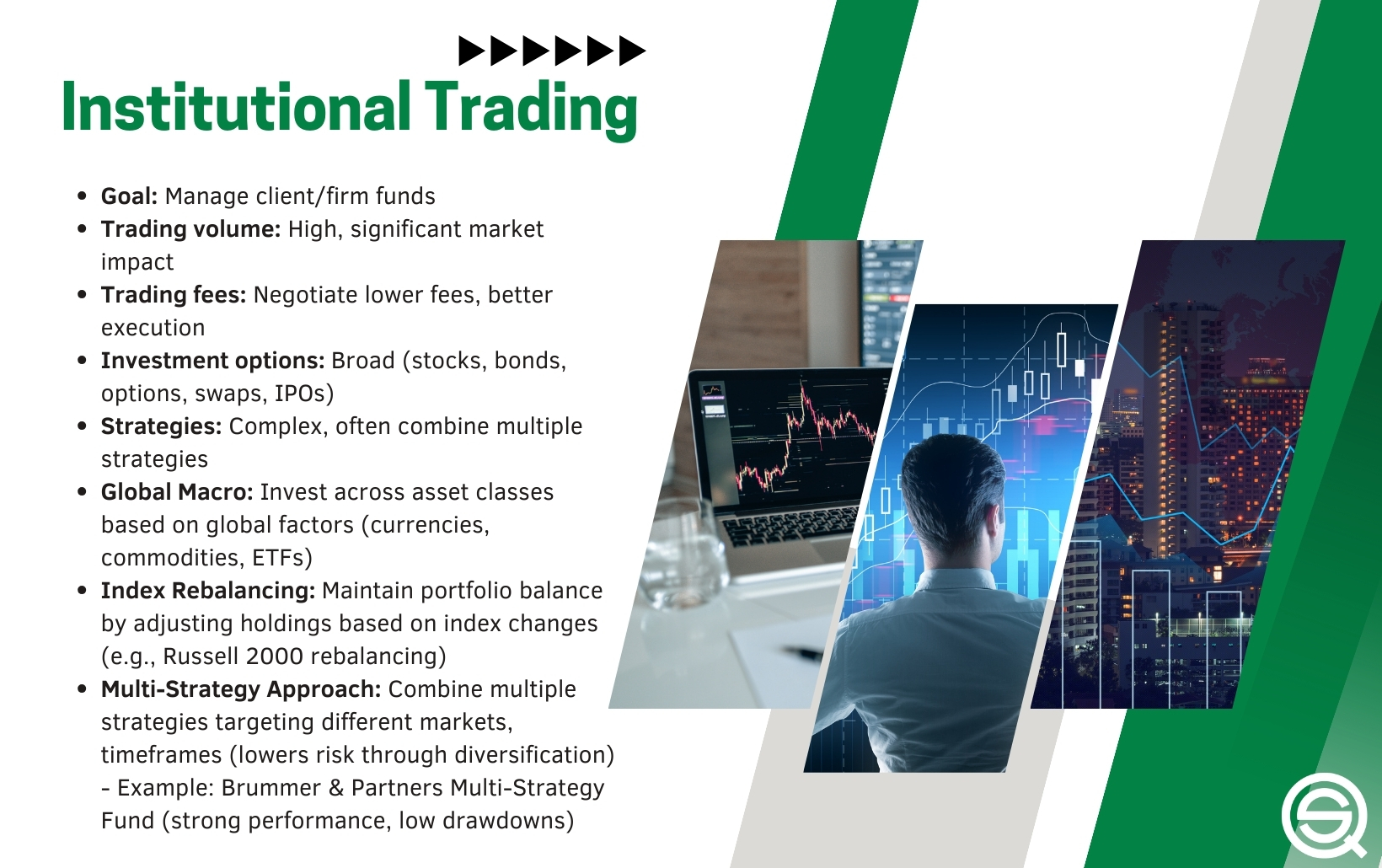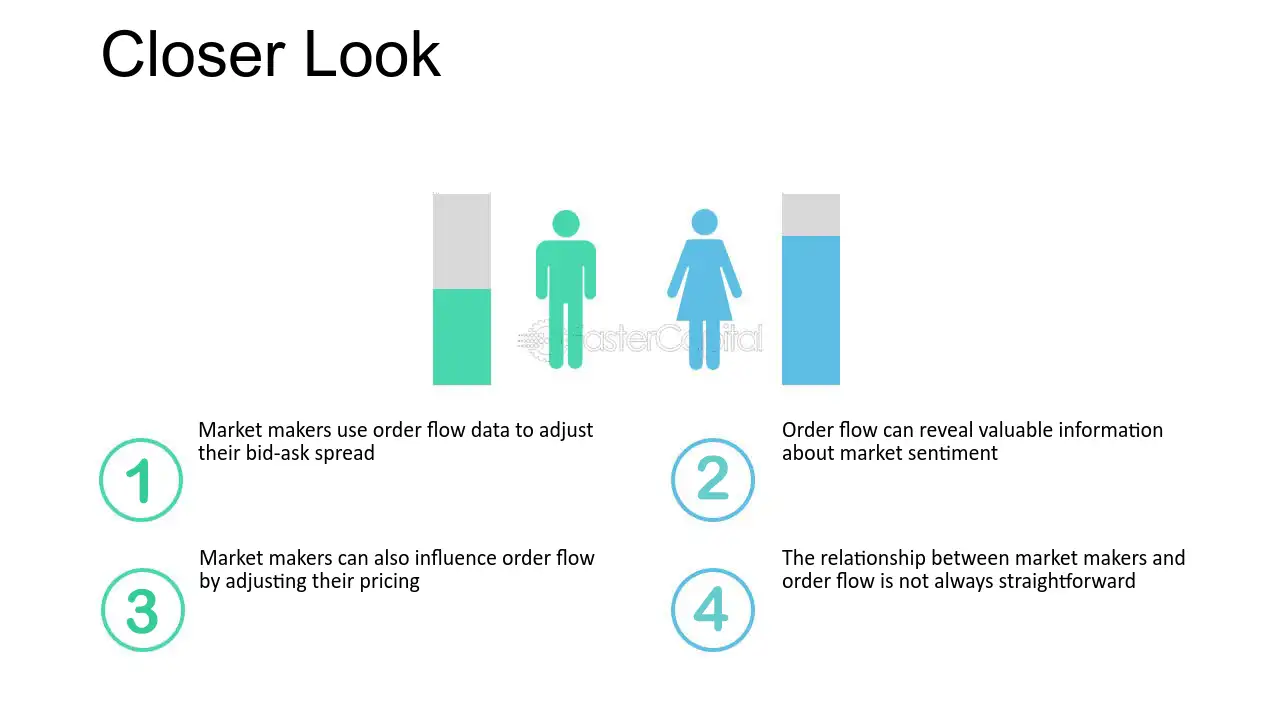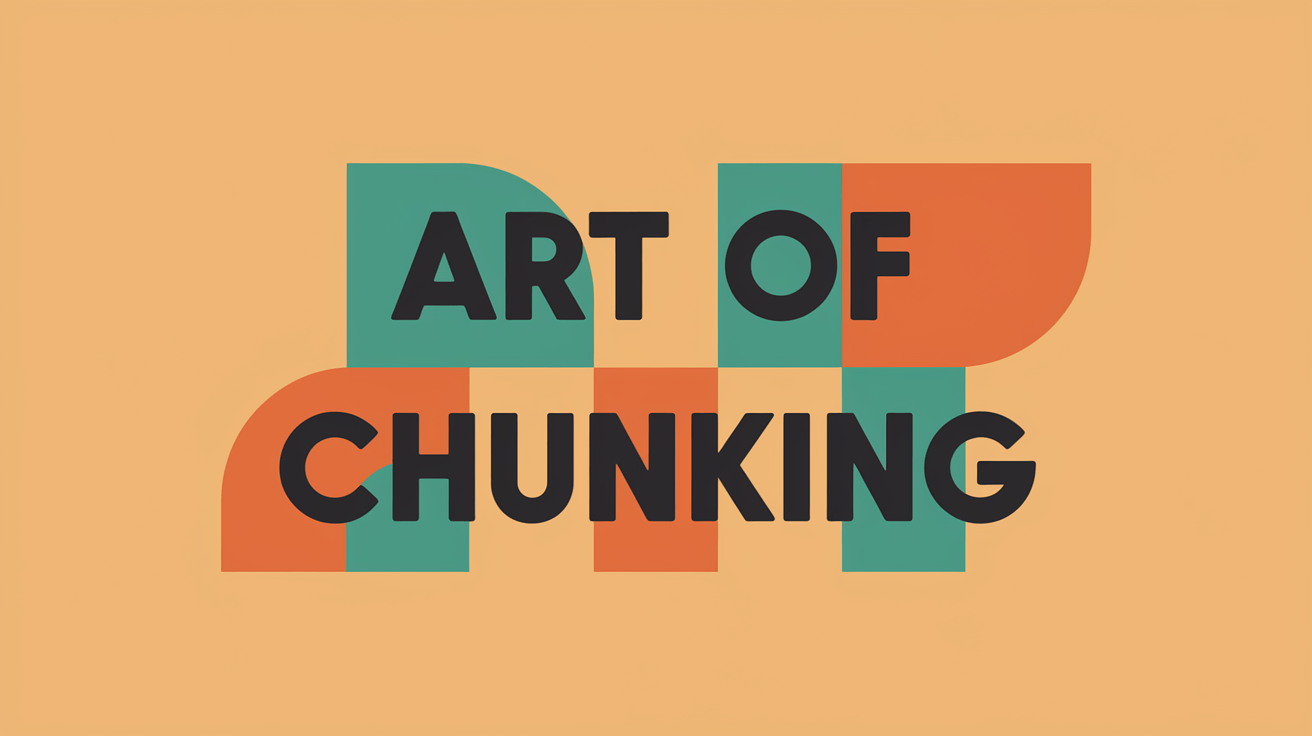Did you know that institutional traders can analyze volume data faster than a cheetah on roller skates? In the high-stakes world of trading, understanding volume and order flow data is crucial for institutions looking to stay ahead. This article delves into how institutional traders leverage these metrics to make informed decisions, from analyzing volume spikes and interpreting order flow charts to managing risk and confirming trade entries. We’ll explore the tools they use, the significance of bid-ask volume, and how they spot large order blocks—all while highlighting the differences between retail and institutional trading strategies. Gain insights into the ways that volume and order flow data shape algorithmic trading and enhance trading accuracy, with expert perspectives from DayTradingBusiness.
How do institutional traders analyze volume data?
Institutional traders analyze volume data to identify market strength, confirm price movements, and spot potential reversals. They look for spikes in trading volume that signal increased interest or institutional activity. Order flow data reveals real-time buy and sell orders, helping them gauge supply and demand, detect large block trades, and anticipate short-term price shifts. Combining volume and order flow analysis allows institutional traders to time entries and exits precisely, exploiting liquidity and minimizing risk.
What is order flow data and why is it important for institutions?
Order flow data shows real-time buy and sell activity in the market, revealing where traders are placing their bets. Institutions use it to gauge market sentiment, identify large trades, and anticipate price moves before they happen. It helps them execute trades more precisely, avoid slippage, and optimize entry and exit points. By analyzing order flow, they gain an edge over retail traders who rely only on price charts.
How do institutional traders interpret volume spikes?
Institutional traders see volume spikes as signals of strong market interest or potential turning points. They interpret these spikes as clues to big player activity, such as large orders or accumulation. A sudden increase in volume often indicates institutional entry or exit, hinting at future price moves. They analyze order flow data to confirm if the volume comes from genuine buying or selling pressure. This helps them gauge market sentiment and adjust their strategies accordingly.
How do order flow charts help institutional trading decisions?
Order flow charts show real-time trade activity, revealing supply and demand dynamics. Institutional traders analyze these charts to identify entry and exit points, spot large order blocks, and anticipate market moves. They use volume and order flow data to gauge market strength, detect trend reversals, and improve timing for trades. This insight helps them make informed, faster decisions compared to relying on traditional indicators alone.
What role does bid-ask volume play for institutions?
Bid-ask volume shows institutions the strength of buying or selling pressure. They use it to identify potential price moves, spot liquidity gaps, and time their entries or exits. High bid volume indicates buying interest; high ask volume signals selling pressure. Institutions analyze this data to gauge market sentiment and adjust their strategies accordingly.
How do institutions use price and volume together?
Institutions analyze volume and order flow data to identify large trades and market momentum. They look for spikes in volume to confirm price moves or spot potential reversals. High volume on a price increase suggests strong buying, while on a decline, it signals heavy selling. By tracking order flow, they see real-time buy and sell orders, revealing institutional interest and potential support or resistance levels. Combining these signals helps traders time entries and exits precisely, avoid false breakouts, and gauge overall market strength.
What tools do institutional traders use for volume analysis?

Institutional traders use tools like Bloomberg Terminal, Thomson Reuters Eikon, and Tradeweb for volume analysis. They also rely on order flow tools such as Bookmap, Sierra Chart, and NinjaTrader. These platforms provide real-time data on trade volume, bid-ask dynamics, and order book activity, helping them spot large trades, liquidity shifts, and market momentum. They may also use proprietary analytics and advanced charting software to interpret volume patterns and flow data for strategic decisions.
How do institutional traders spot large order blocks?
Institutional traders spot large order blocks by analyzing sudden spikes in volume and order flow data, noticing significant buy or sell clusters that indicate big players entering or exiting the market. They look for unusually large trades or rapid changes in bid-ask sizes, which suggest institutional activity. Tracking order book imbalances and watching for repeated large orders at specific price levels also reveals where institutions are stacking their positions. These clues help them identify and anticipate large order blocks before they move the market.
How does order flow data reveal market sentiment?

Order flow data shows real-time buying and selling activity, revealing whether traders are optimistic or bearish. Large buy orders suggest bullish sentiment; heavy sell orders indicate bearishness. Tracking trade sizes and frequency helps institutional traders gauge market momentum and potential reversals. Sudden spikes in order flow signal shifts in trader confidence, giving insights into overall market sentiment.
How do institutions manage risk with volume information?
Institutions manage risk with volume information by analyzing large trade patterns to spot market trends, potential reversals, or liquidity shifts. They monitor order flow data to see where big money is entering or exiting, helping them avoid sudden price moves. Using volume spikes and order book changes, they adjust their positions proactively, reducing exposure to volatile swings. This real-time insight guides their decision-making, enabling precise entry and exit points while managing overall risk.
What’s the difference between retail and institutional volume analysis?
Retail volume analysis focuses on individual traders' activity, highlighting small, frequent trades and their impact on price. Institutional volume analysis examines large trades from big players like hedge funds or banks, revealing significant market moves and liquidity shifts. Institutional traders use volume and order flow data to identify large order patterns, detect potential market reversals, and gauge overall market strength, whereas retail analysis mainly tracks smaller, more frequent trades to spot short-term trends.
Learn about Difference Between Retail and Institutional Day Trading
How do institutional traders use volume to confirm trade entries?
Institutional traders use volume to confirm trade entries by looking for spikes or sustained increases that signal strong buying or selling interest. High volume during a price move suggests conviction, making the trade setup more reliable. They compare volume patterns with order flow data to see if large orders support the trend, confirming the momentum. Low volume on a move might indicate a false breakout, so they avoid entering trades then. Essentially, they use volume as a confirmation tool to validate that enough market participation backs their entry point.
Learn about How Do Institutional Traders Use Technical and Fundamental Analysis?
How do volume and order flow data influence algorithmic trading?
Institutional traders use volume and order flow data to gauge market strength and predict price movements. High volume signals strong investor interest, while order flow reveals real-time buy and sell pressure. They analyze these patterns to identify entry and exit points, optimize timing, and confirm trends. This data helps them stay ahead of retail traders and react quickly to market shifts, making their trades more precise and strategic.
How do institutions interpret cumulative volume profiles?
Institutions interpret cumulative volume profiles to identify high-activity price levels where large trading volumes accumulate, revealing support and resistance zones. They analyze these profiles to gauge market interest, spot potential reversal points, and confirm trend strength. This helps them time entries and exits, understand where institutions are actively participating, and avoid false breakouts. Essentially, cumulative volume profiles act as a map of where big players are concentrating their trades, providing insight into future price movements.
How does understanding order flow improve trading accuracy?

Understanding order flow reveals real-time buying and selling pressure, helping traders spot precise entry and exit points. Institutional traders analyze volume and order flow to identify large trades and liquidity levels, giving insight into market sentiment. This knowledge helps anticipate price movements before they happen, boosting trading accuracy. By tracking order flow, traders can confirm or challenge technical signals, making more informed decisions. Overall, it turns raw volume data into actionable insights, fine-tuning trade timing and risk management.
Learn about How to Incorporate Order Flow Analysis into Your Trading Routine
Conclusion about How Do Institutional Traders Use Volume and Order Flow Data?
Incorporating volume and order flow data is essential for institutional traders, enhancing their ability to make informed decisions. By analyzing volume trends, interpreting spikes, and utilizing advanced tools, these traders can effectively gauge market sentiment and identify opportunities. Understanding the interplay between price and volume not only aids in risk management but also sharpens trade entry confirmations. Ultimately, mastering these concepts can significantly improve trading accuracy and performance. For deeper insights and resources, explore how DayTradingBusiness can support your trading journey.
Learn about How Do Institutional Traders Use Technical and Fundamental Analysis?